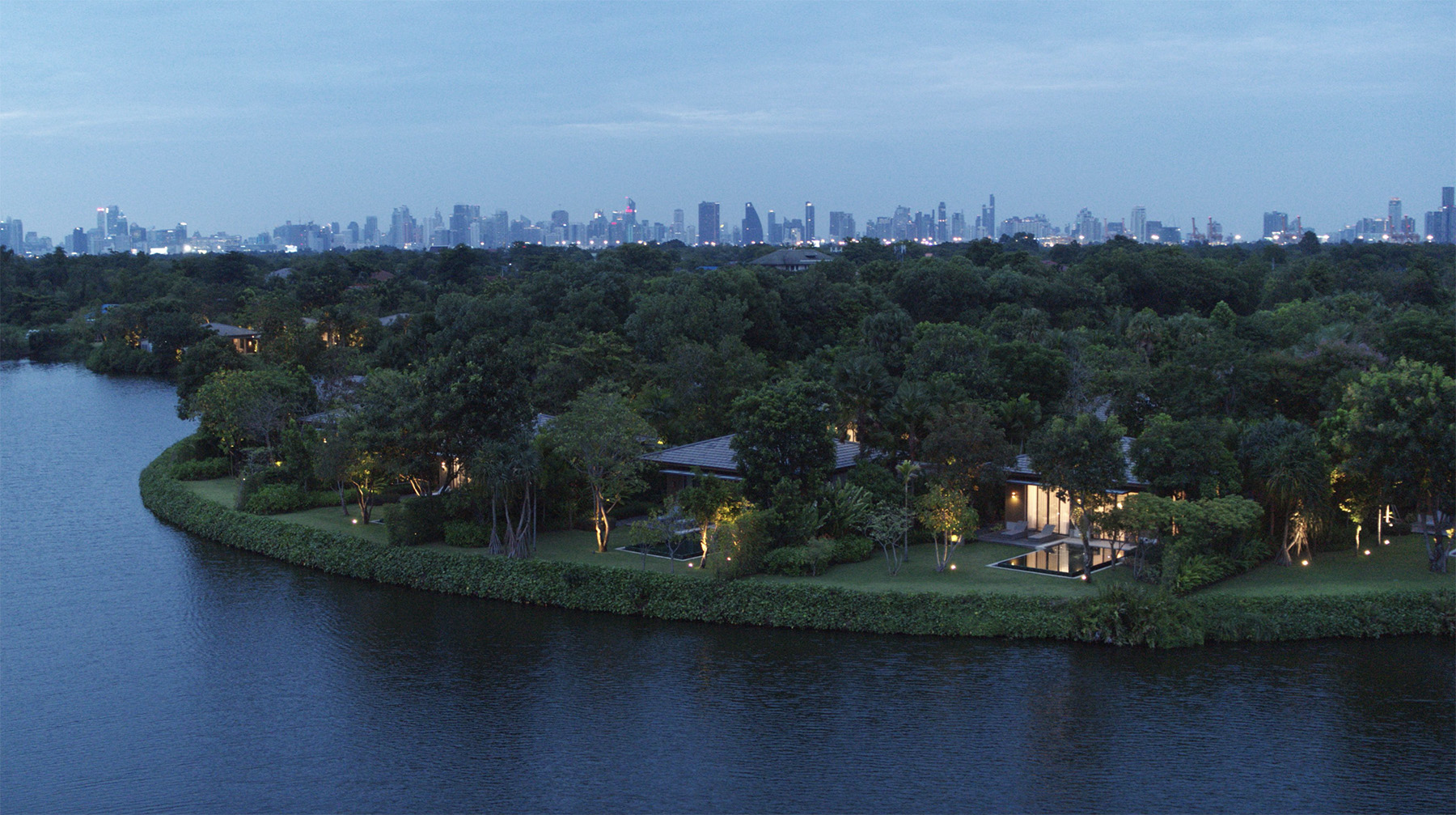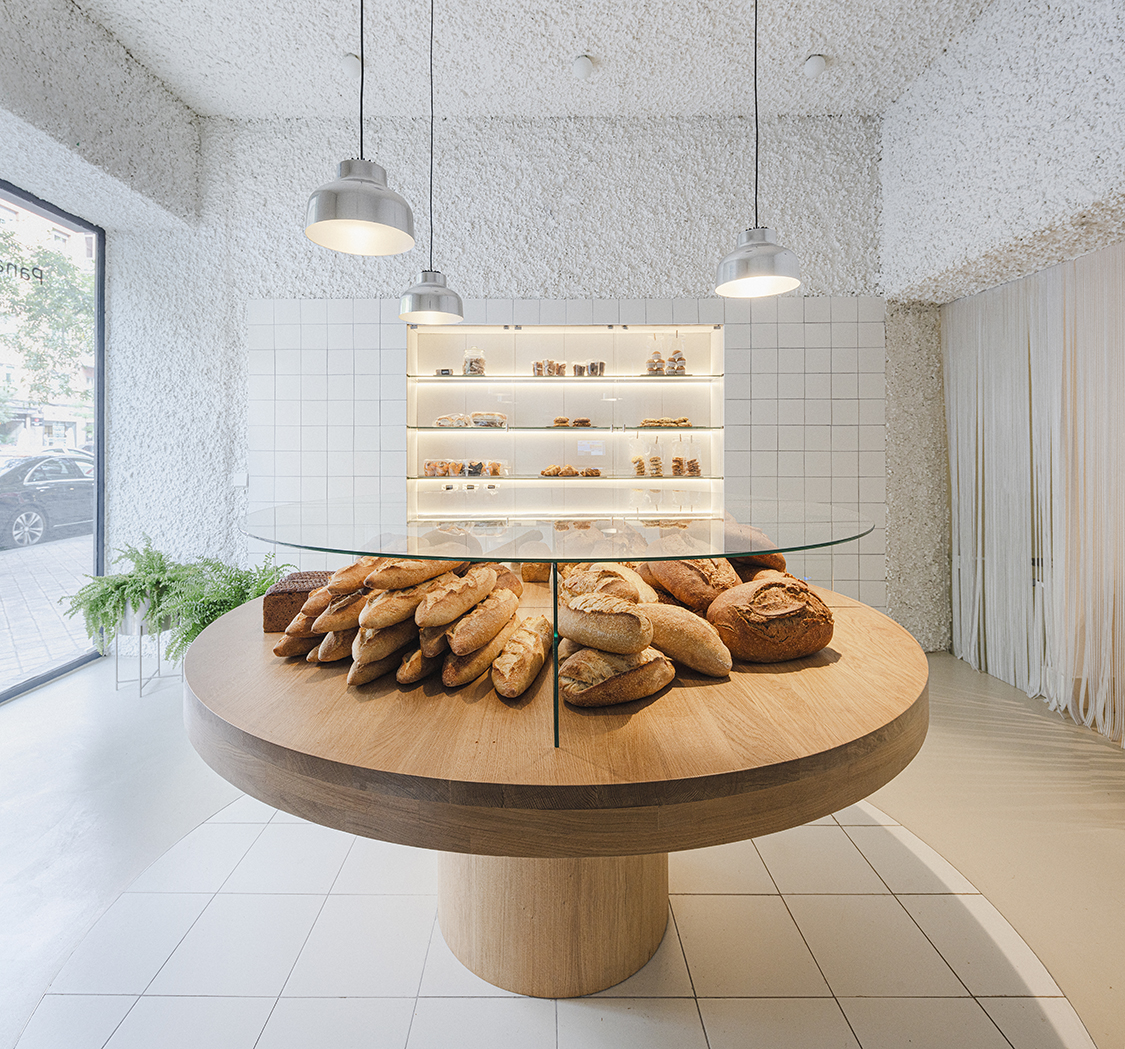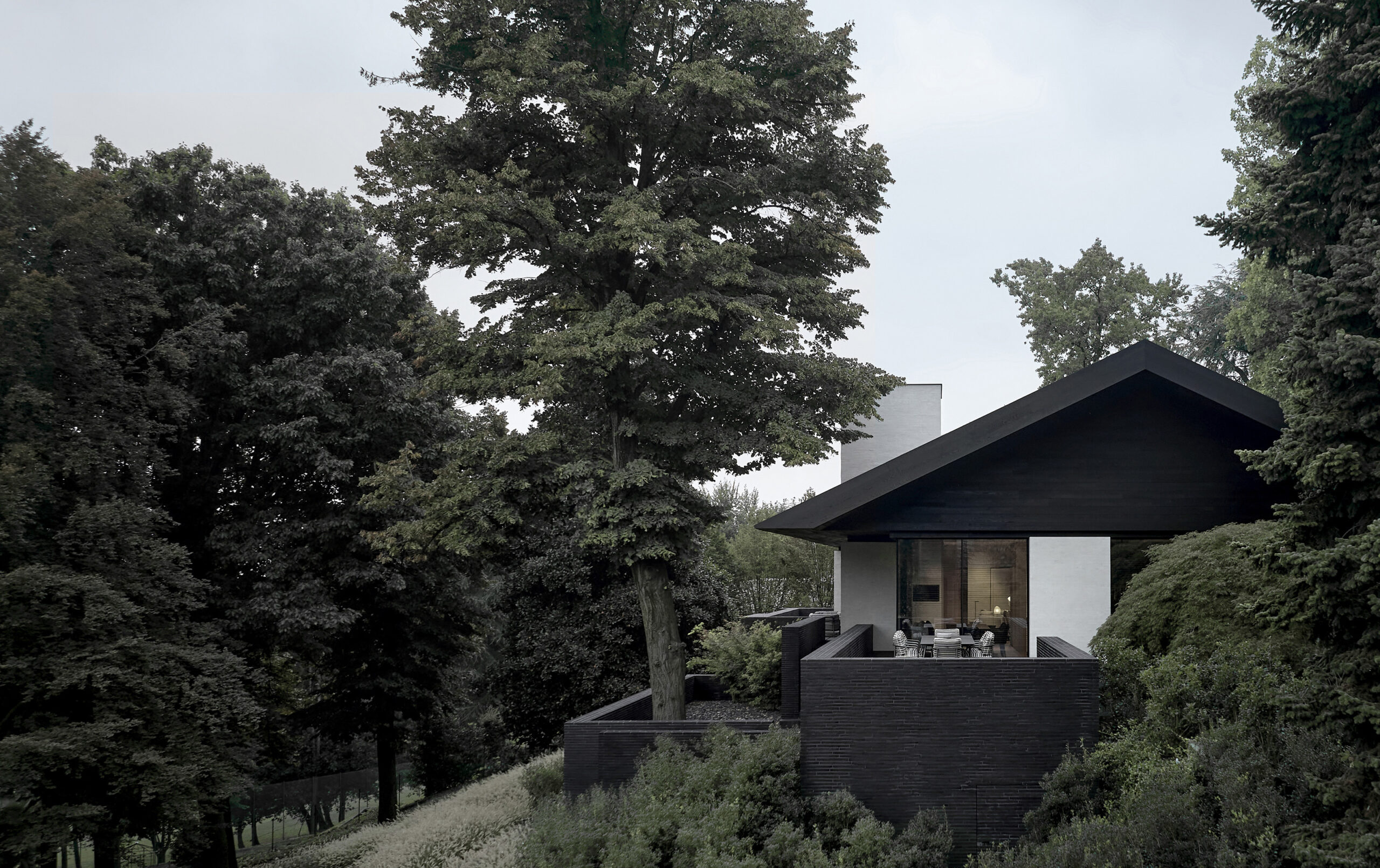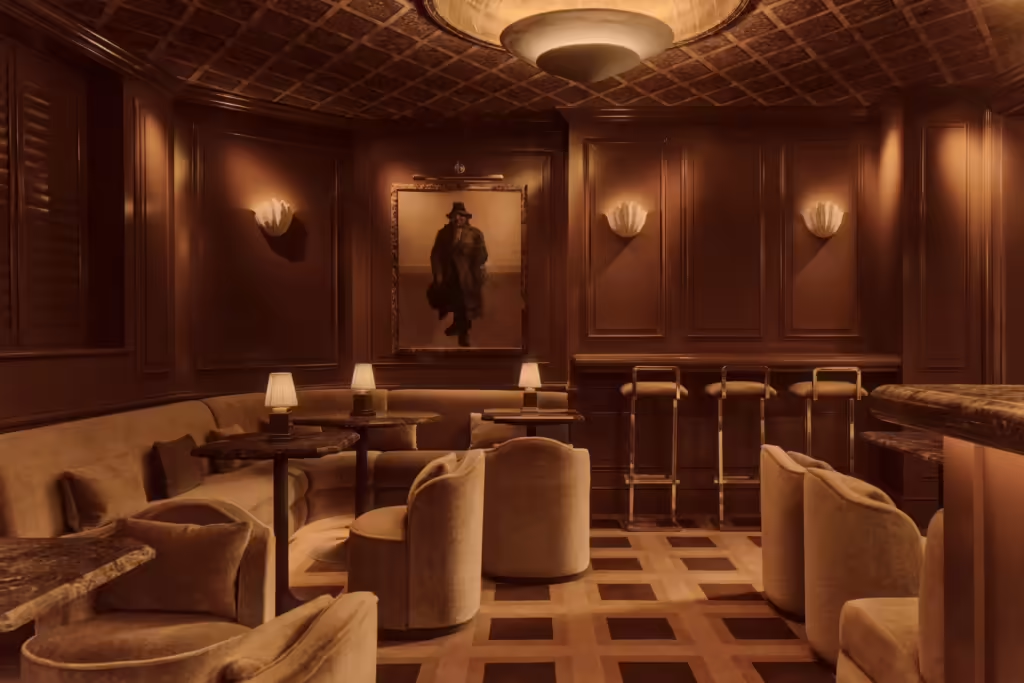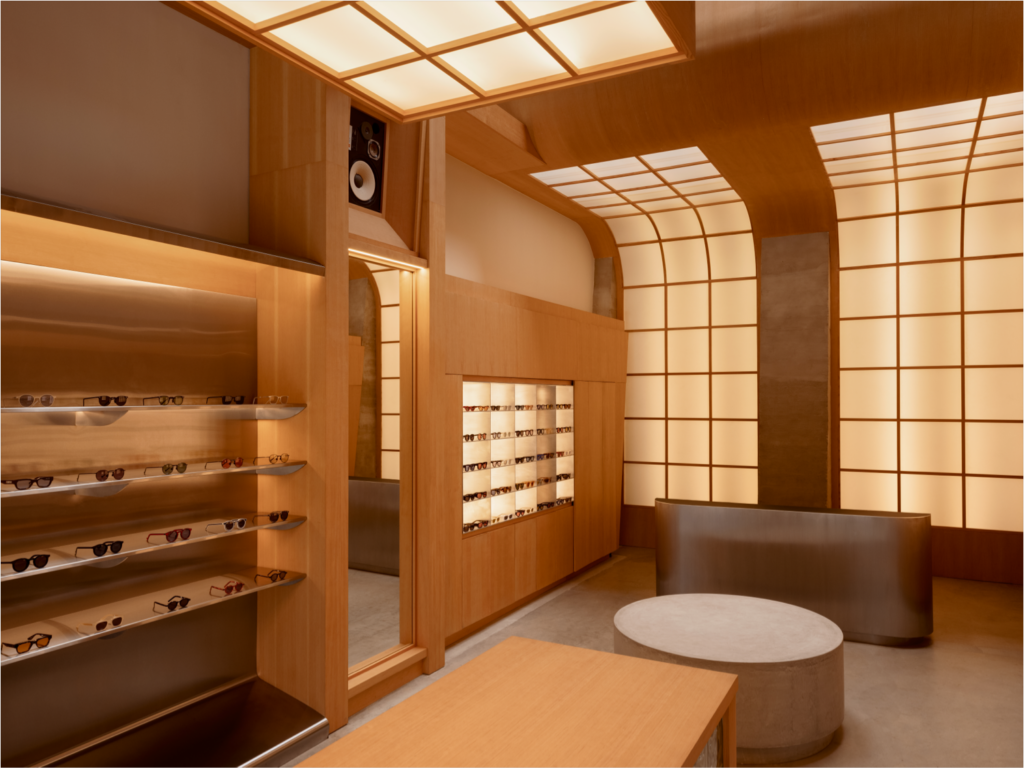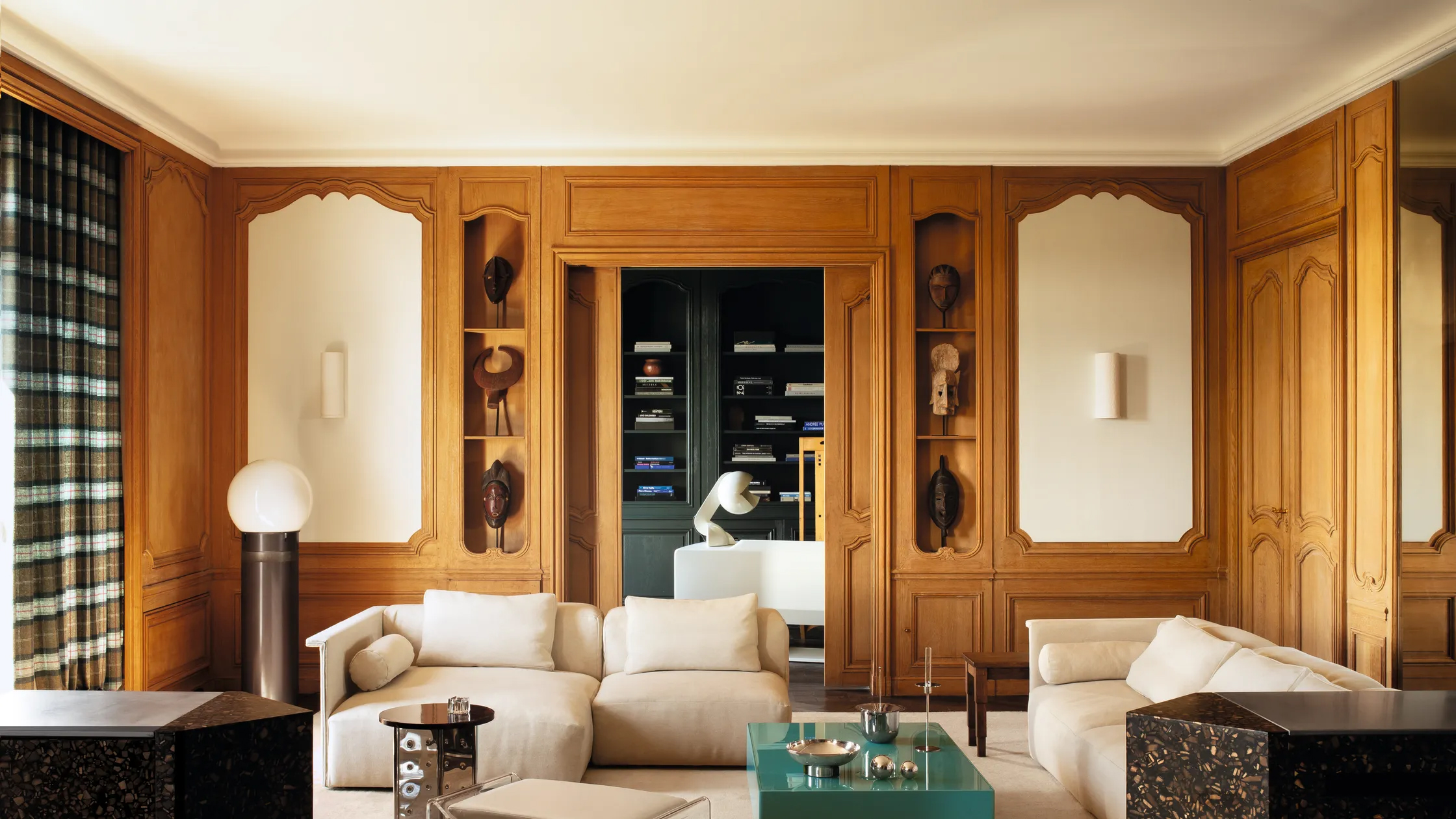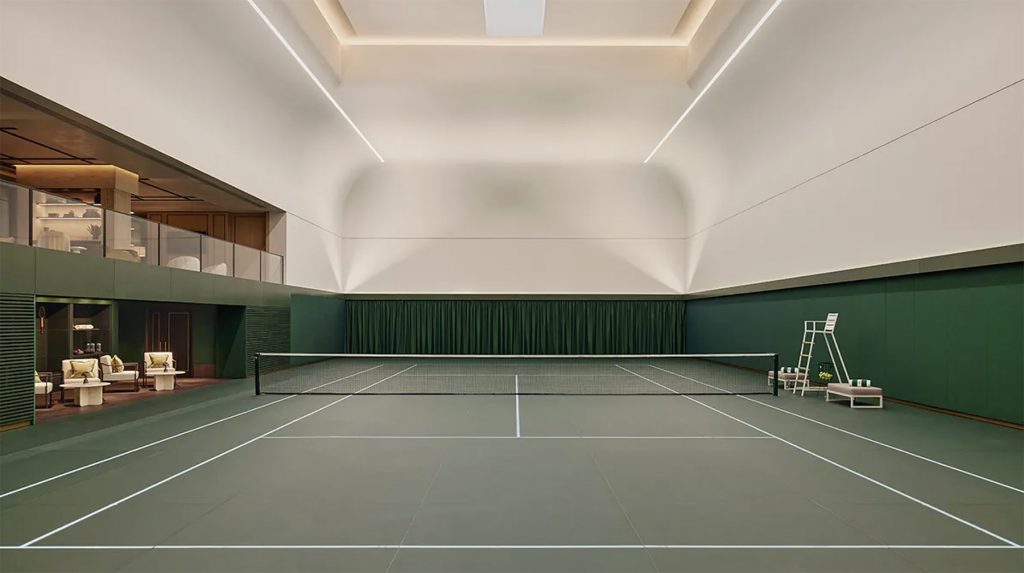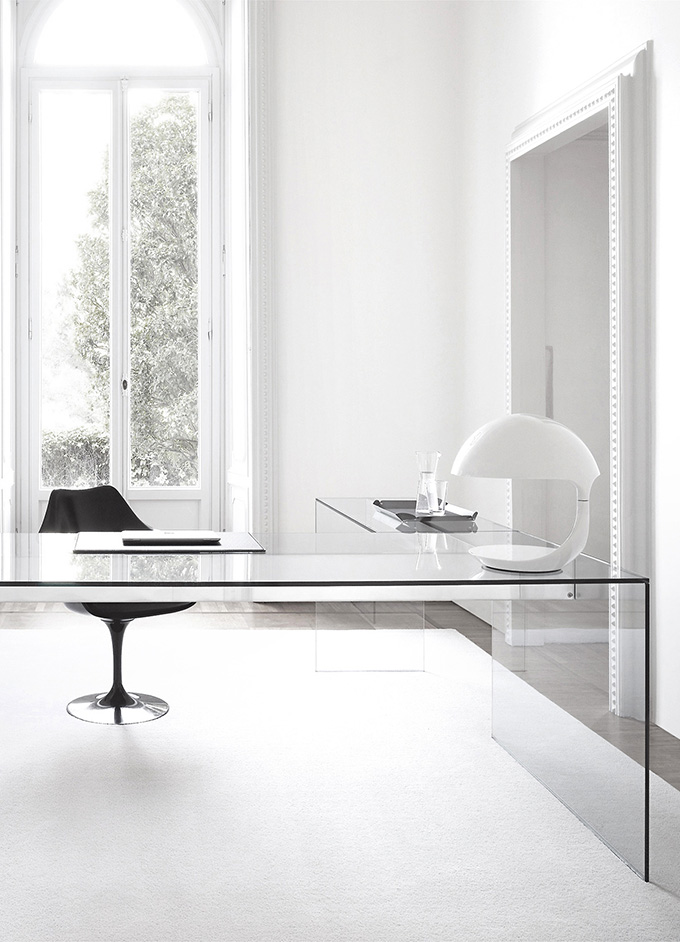
In our working lives, we are in many ways still stuck in the age of the Industrial Revolution. When the masses worked in factories, the office support personnel worked the same hours, or at least ‘regular working hours’ and commuted daily to central offices.
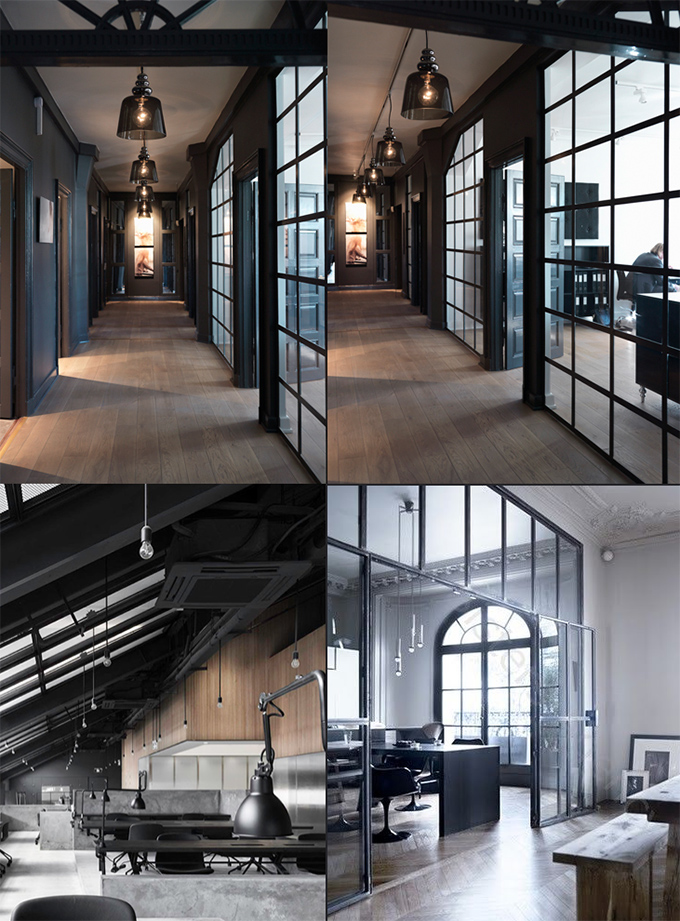
Perhaps there was a sense that all workers needed to be under the watchful eye of the Master and therefore they needed to gather in one place to be supervised, like kids in school? Are we not past that phase?

We are challenging every single person to take responsibility for his or her own working environment. Let’s stop behaving as if we were still in the 1780s, looking for the masters to recognize our office sucks. Yes, it sucks, but what are you going to do about it?
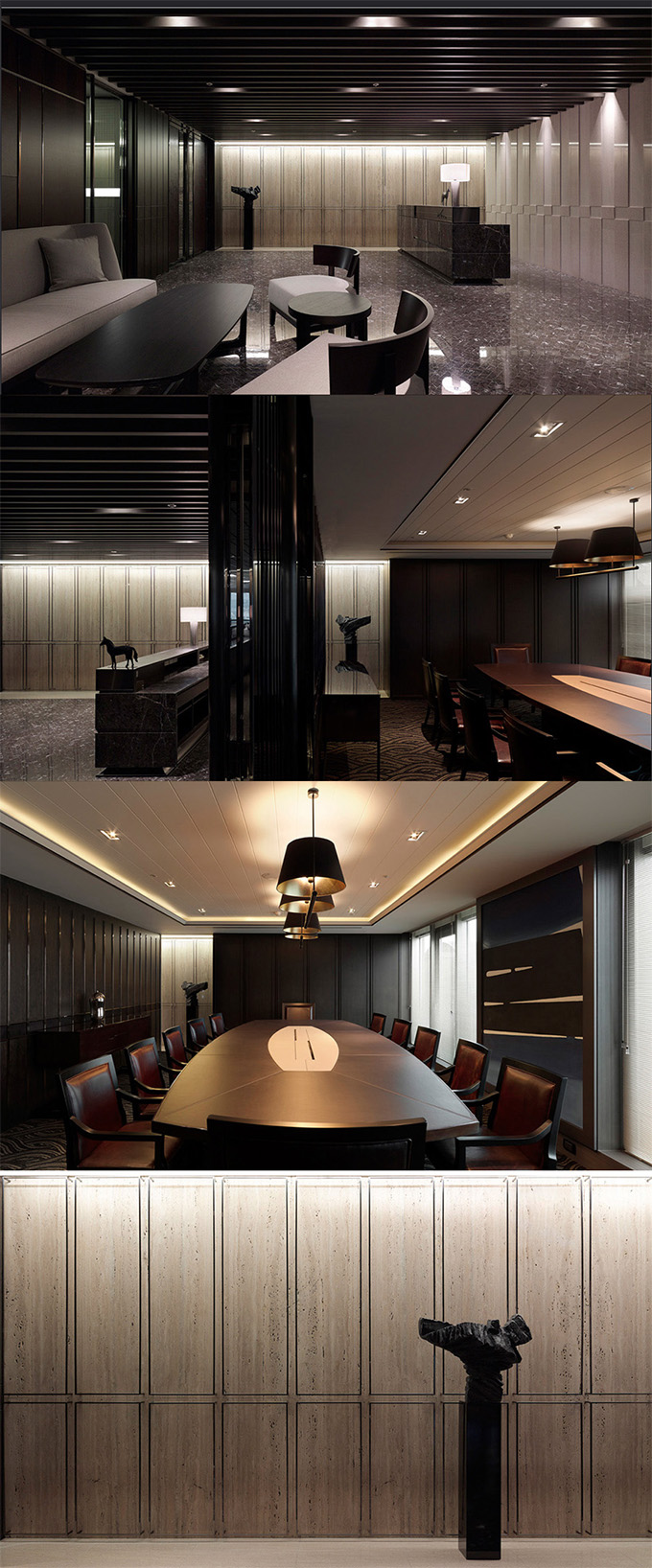
At The Cool Hunter, we have been writing about interesting offices for a decade. Luckily, we are now well past the ‘ping-pong table in the hallway, M&Ms in the bowl, beer in the fridge’ – stage of office enhancement, and we are actually seeing some real, meaningful change in our working environments.

But it is still too focused on just the so-called creative sectors (are there still sectors that are non-creative??) and the office-space upgrades are often seen as just gimmicks or additional perks , not something crucial that actually affects the results of our work.

Science is now proving this short-sightedness wrong, and we are calling for everyone to take charge. Do we even need an office? What we need to do is focus on results, not on hours worked, or worse yet, hours being in the office. Where-ever we work, we will be more productive and happier when we work in an environment we love.

Let’s start tomorrow
Let’s all start tomorrow by looking at our own working environment and coming up with at least four ways in which we can change it for the better ourselves. Bring in that new plant, or that favourite piece of art, or the comfy red chair, or the cool desk light, or the oriental carpet. See if anyone notices?

We bet the entire office will start to change once someone cares enough to start it. We cannot wait for the employers to take it on as they will likely see it as a cost. It does not have to cost a single penny to the employer and, when it does, the positive results will far outweigh the costs.

And, in the end, why are we even looking at it as an additional cost when all indicators point to increased productivity, decreased absenteeism, better morale, higher creativity and so on?

Central offices, open plans
Today, with the nature of work significantly altered, we still commute to central offices as a residue from the days of the Industrial Revolution. We now spend our days in open-concept offices wearing headphones to cut out the distractions, and texting and emailing our co-workers sitting just beyond our cubicle.

According to some estimates, nearly 70 per cent of us now spend our days in open-concept offices, a bad idea conceived and promoted by the American mechanical engineer Frederick Taylor (1856-1915) who called people ‘units of production’ and promoted maximum efficiency at almost any cost.

Open-concept offices were designed for productivity of both workers and space but we know now that they have failed on both accounts.
What exactly is the point of gathering up – at great cost to the environment and ourselves – daily in a boring office building, if the one thing that it gives us – being face-to-face with our coworkers – isn’t even relevant any more, or isn’t possible or natural in a distracted and stressed out environment?

There is now significant scientific evidence that open-concept offices are not good for productivity, do not increase workplace happiness and in fact fail by any measure to meet the needs of today’s creative, focused, results-oriented team. And this applies to workers of any age, including the multi-tasking younger generations.

Clearly, today’s workplaces need to change quickly. We have had time to reconsider ,and yet so many of us are still working in environments that are not stimulating, interesting or helpful in any way to produce the results we are expected to produce.

And of course, our working habits ARE slowly changing, but not at a speed or scale they should and could. We are working at home, free-agenting, telecommuting, flexible-work-daying. But in many cases, we also need to gather in an office.

Many organizations around the world are taking a serious look at the nature of work today and coming to the same conclusions: What matters in a project-oriented, results-oriented, collaborative workplace is the tone that the environment sets. Just like packaging matters in products, the package inside which we create our product, be it ideas or services or products, affects how we feel about our work. And our role within the company.

We have all read about the famous example of the Walt Disney Studios in Burbank, California, that Walt Disney built with the proceeds from Snow White and the Seven Dwarfs. The entire campus on the site was custom-designed by Ken Weber with the help of Walt and his brother Roy, and purpose-built in 1940 for the process of animation, with ideal natural light conditions, theatres, sound stages, inking rooms, a state-of-the-art commissary, and lots of green space and benches. It was a campus designed to encourage creativity, efficiency and collaboration. It was an ideal working environment

Another famous example with similar goals is the Pixar Campus in Emeryville, California, custom-created with Steve Jobs’s personal supervision in 2000 . From central gathering places and all-encompassing services to individually personalized offices, the Pixar Campus (owned by Disney) has become the destination for all who want to witness a cool, caring and fun workplace.
.jpg)
These are exceptions, of course, as both are large, creative companies and fature new custom-designed buildings. Most of us will not have the opportunity to be part of such a wonderful experience. But we can do a lot about our own environment. Let’s all – both employer and employee – start paying attention to the office.

Why are we working where we are? Why are the offices the way they are? Could we all sit down and brainstorm ideas about quick, inexpensive ways to make changes? What if we all came in one weekend and painted the walls? What if each of us really put some effort into creating our own space to mirror our own interests and passions?
.jpg)
What if we set a goal to fix what ails our working environment? And, more important, how long are we willing to do nothing and pretend it does not matter? – Tuija Seipell.
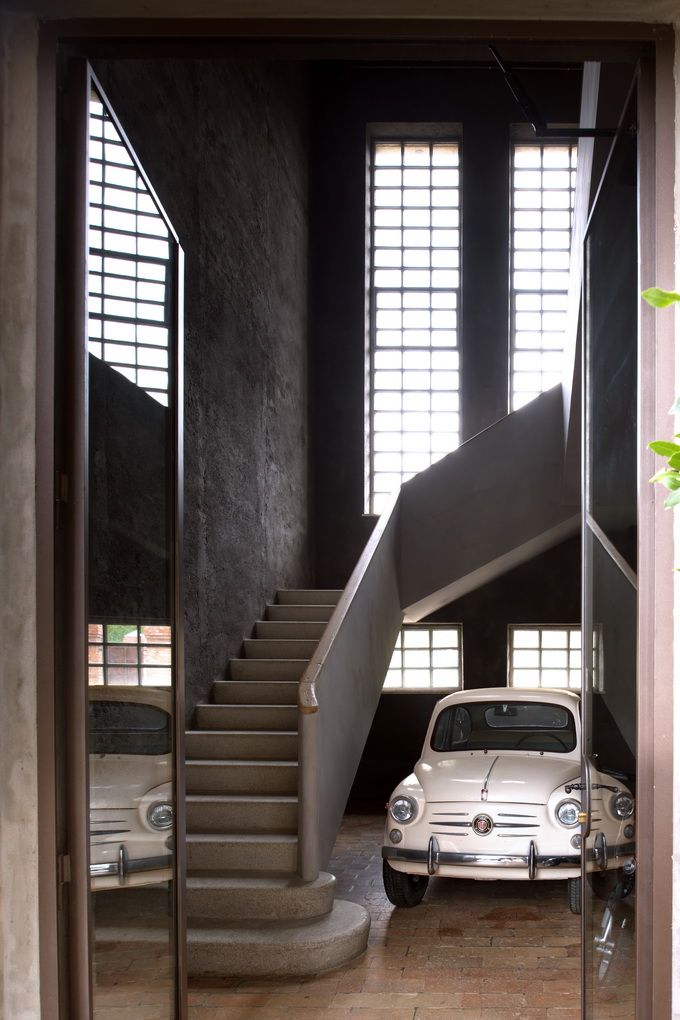
Images via our offices section



